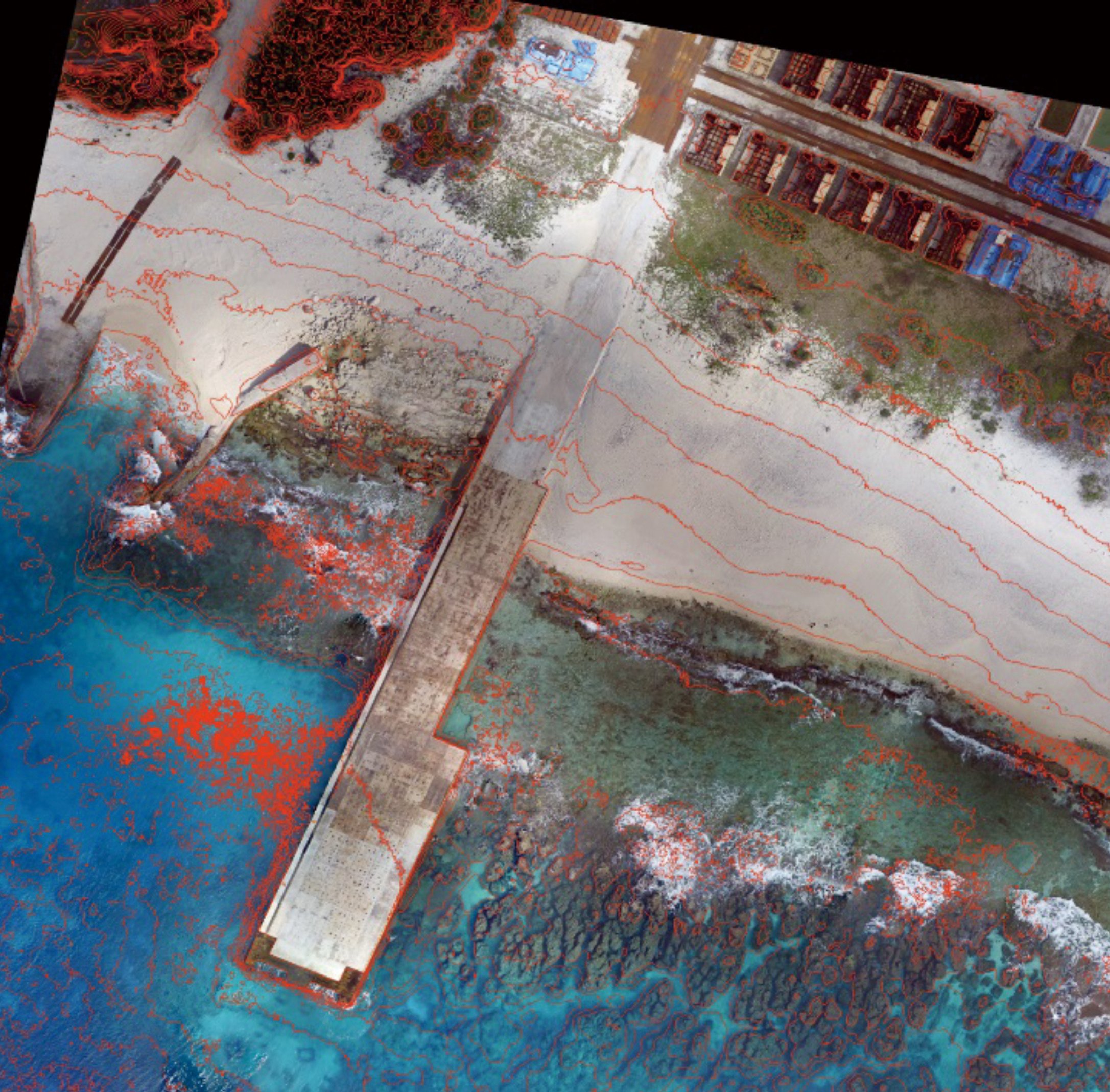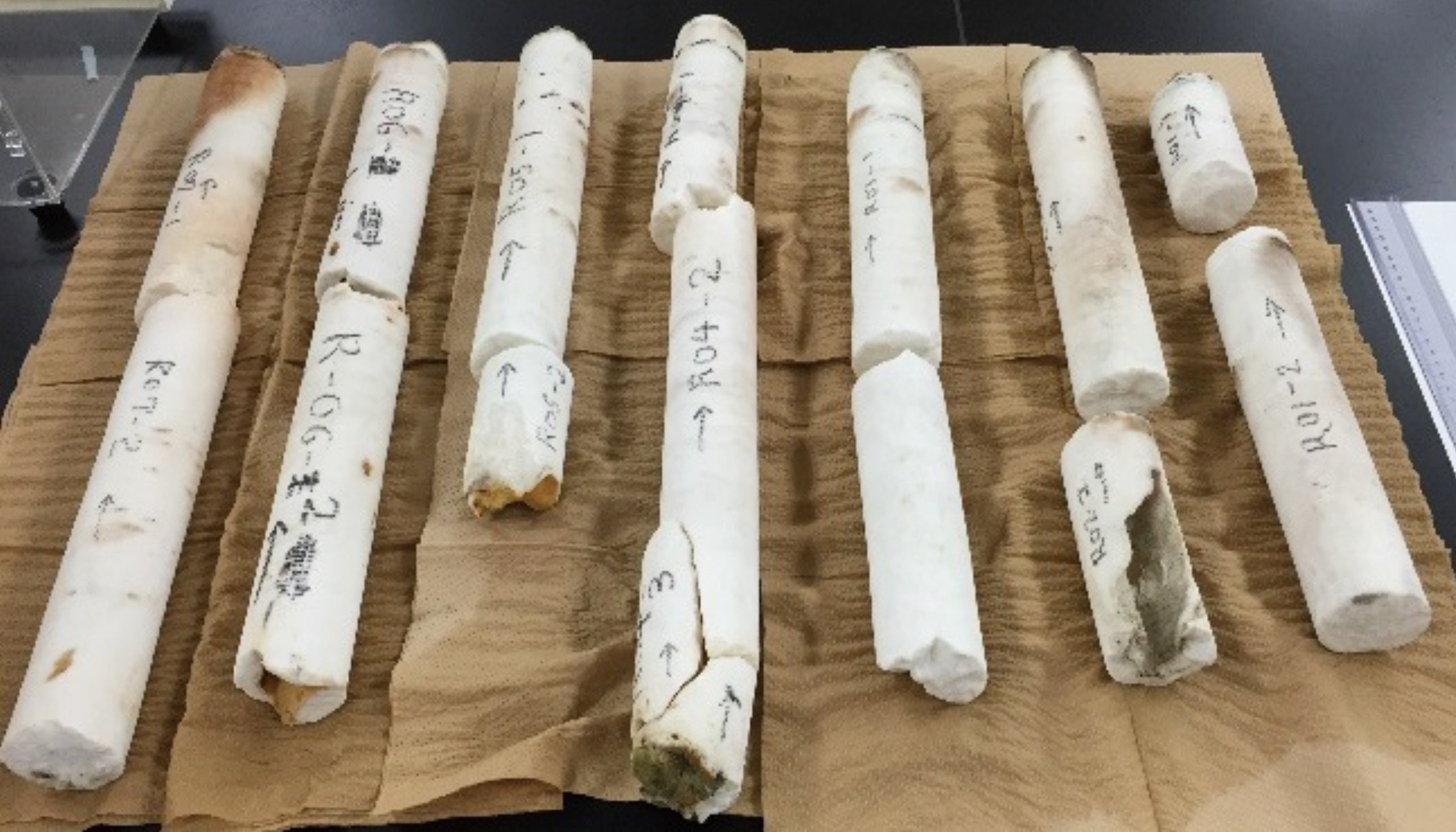Major Research Field observations and analyses on the formation and stability of carbonate lands
The importance of remote island-based marine development and utilization has been increasing. The low-water lines of remote islands are the baseline for the exclusive economic zone. Thus, in order to conserve national land for remote islands, it is necessary to maintain not only territory but also low-water lines.
Remote islands located in the southern part of Japan including Okinotorishima Island and Minamitorishima Island have different soil from those of Honshu and other main islands where the main material is silicates. The soil and sediment of these remote islands are composed mainly of calcium carbonate formed by corals and foraminifers (calcifiers). Therefore, conservation of the national land depends on whether the rate of formation of land by calcifiers exceeds the rate of the rise of sea level and erosion.
External stresses including climate changes, bottom-sediment changes, and environmental changes can be not only threats for calcifiers but also for threats from the viewpoint of national land conservation.
Therefore, in this research, we aim to understand the determinants of the ground formation rate by calcifiers as well as the processes of movement, settlement, and erosion of sediment to create a scientific and technological basis for maintenance of territory, low-water lines, and port-facility geometry.
In 2017, we conducted the following studies at Minamitorishima Island and other Japanese remote islands (Rukan reef, Iriomoteshima island, and Ishigaki island): aerial photoshooting using a multicopter drone, topographical survey, continuous field observation, sampling of bottom sediments and corals, and analyses of the samples.

(Left)
Geomorphic analysis in areas around port facilities in Minamitorishima Island, where construction works are in progress

(Right)
Cylindrical coral samples collected at a sub-site (Rukan reef)



